Both have health benefits, but with key differences
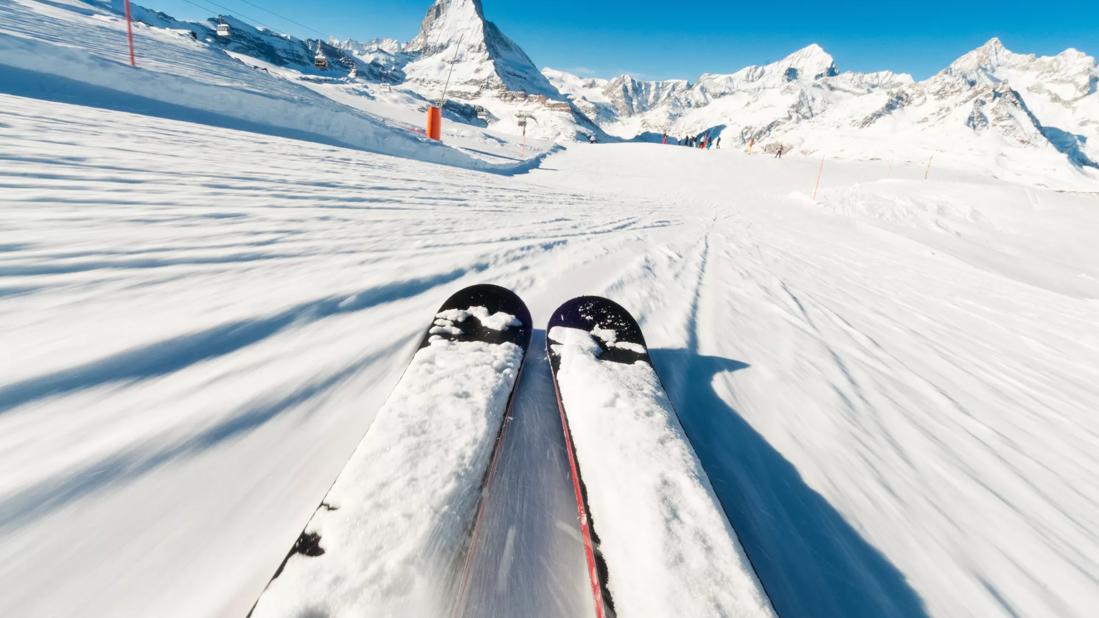
Looking for a good way to get outside and get some exercise during the cold-weather months? You probably know that skiing fits the bill. But should you try downhill or cross-country skiing? Does one offer a better workout than the other?
Advertisement
Cleveland Clinic is a non-profit academic medical center. Advertising on our site helps support our mission. We do not endorse non-Cleveland Clinic products or services. Policy
Nationwide, roughly 10 million people went skiing during the first half of 2017, according to Scarborough Research. Whether heading downhill or cross-country, it’s clear that lots of people like to boot up to enjoy the snow.
Skiing is more than just fun, says physical therapist Scott Tremmel. Downhill and cross-country skiing each offer great health and fitness benefits.
“Skiing gets you outdoors in the winter when we often end up on the couch and are passive,” Mr. Tremmel says. “We’re just not as active when the cold weather sets in, but skiing keeps you moving to continue to build up your endurance.”
Both types of skiing improve your health, but they work your body in different ways, he says.
The major advantage of downhill is that it’s something you can do for several hours at a time, Mr. Tremmel says.
In addition, it strengthens both the large- and small-muscle groups, including your quadriceps, hamstrings, gluteals, core and upper body, he says.
Working those muscle groups can improve your health and fitness in several ways:
1. Strengthens bones and joints — Shifting your weight from side-to-side strengthens your knees, hips and back, and your leg bones grow stronger from the weight-bearing exercise, Mr. Tremmel says. As a result, you can prevent joint injuries and help ward off osteoporosis.
Advertisement
2. Promotes better body self-awareness — The balance and coordination needed for downhill skiing improves your ability to sense where your arms and legs are and to control them better. You also become more aware of any slight movements or changes in position.
Your ability to keep track of your limbs weakens with age, and activities like skiing help you work against that loss, Mr. Tremmel says.
3. Improves balance — The constant side-to-side movement of downhill skiing keeps your core engaged. Not only do those muscles strengthen, but so do your balance and agility.
This improvement in balance, strength and agility can help you avoid falls as you age, he says.
Cross-country skiing is more like running, because you are constantly lifting your skis up and down. It concentrates the workout on the lower large-muscle groups and on your upper limbs.
Unlike in downhill skiing, you’re more likely to get exhausted after 30 minutes to an hour, Mr. Tremmel says. But in that time, you get a great workout that offers these benefits:
1. Focuses workout in large muscles — Cross-country skiing is an excellent way to work several large-muscle groups at once. Not only are your core and leg muscles exerting effort, but your upper arms — biceps and triceps — also work hard, Mr. Tremmel says.
2. Improves heart health — Cross-country skiing is a strenuous activity that makes your heart work hard. Over time, as your heart gets stronger, it pumps more efficiently and your heart rate slows down.
3. Burns calories — As an intense activity, cross-country skiing is an efficient way to burn calories. During an hour of cross-country skiing, a 190-pound person will burn about 700 calories.
Downhill and cross-country skiing each can provide a healthy workout for your body in different ways. But they share one common benefit, Mr. Tremmel says. They both can help boost your mood and improve your emotional health.
“When you’re skiing, you’re often out with a group of friends and you’re socializing,” he says. “You’re getting fresh air and taking in the beautiful scenery around you. It’s good for your emotional health.”
Advertisement
Learn more about our editorial process.
Advertisement
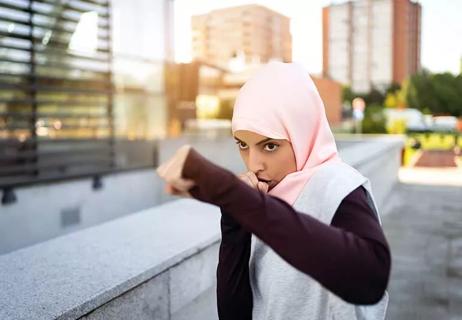
A type of high-intensity interval training, fitness boxing can challenge your body and mind
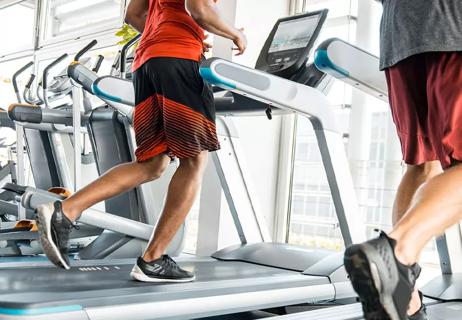
Running doesn’t cause knee arthritis, but you can take steps to minimize cartilage damage
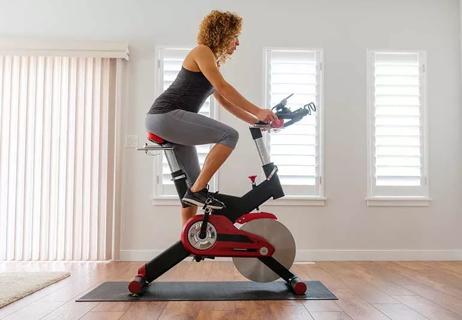
Fit, duration and positioning are more important than you might think
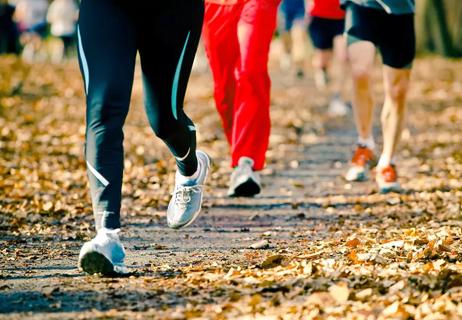
What you should know before hitting a race before the big Thanksgiving meal

How to make the most out of cycling
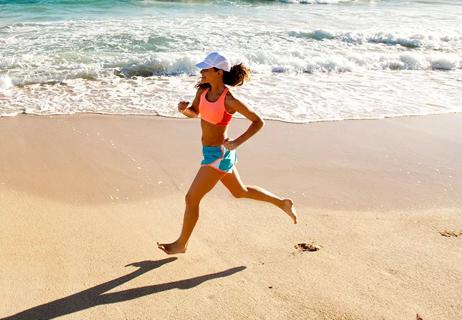
As a training tool, ditching your shoes could help you build better running form to avoid injury

Fast facts for anyone starting a running routine

Why aren’t mental health issues taken as seriously as physical issues?
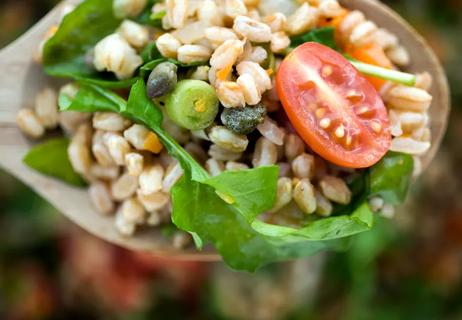
Type 2 diabetes isn’t inevitable with these dietary changes

Applying a hot or cold compress can help with pain